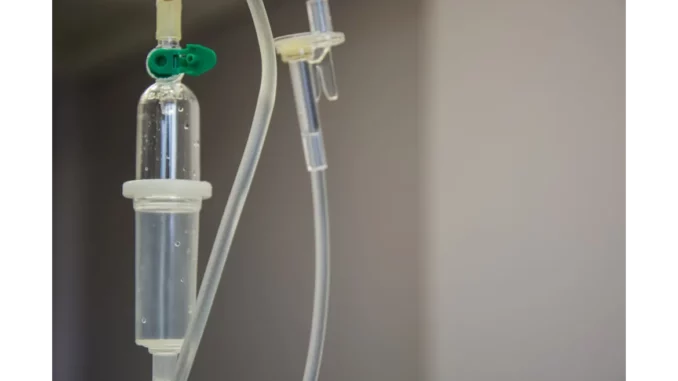
In the bustling corridors of St. Mary’s Hospital in Manchester, the atmosphere is always charged with a sense of urgency. Amidst the constant hustle, a particular unit stands as a bastion of preparedness—the hospital pharmacy. Here, the team works tirelessly not just to dispense medication but to ensure that, come what may, they’re ready for any emergency that might strike.
To better understand the intricacies of emergency preparedness within a hospital pharmacy, I sat down with Sarah Mitchell, the Lead Pharmacist for Emergency Preparedness, Resilience, and Response (EPRR) at St. Mary’s. Her insights offer a window into the meticulous planning and coordination required to respond to major incidents.
“Emergency preparedness in a hospital pharmacy context is all about foresight and adaptability,” Sarah begins, her demeanour a blend of calm assurance and passionate dedication. “The NHS EPRR Framework is our guiding light. It’s a comprehensive strategy that equips us with the tools to anticipate and manage emergencies effectively.”
The EPRR Framework is a cornerstone for healthcare organisations across the UK, defining key terminologies and setting the stage for a structured response to emergencies. “It’s not just about having a plan; it’s about understanding the definitions and roles outlined in the framework,” Sarah explains. “This understanding allows us to communicate efficiently during crises, ensuring that everyone knows their responsibility.”
A major incident, as Sarah elaborates, is any event that overwhelms the capacity of routine services. “In the pharmacy, we prepare for a range of scenarios—from disease outbreaks to natural disasters and even acts of terrorism. Each scenario demands a different response, but the common denominator is the need for a robust, well-rehearsed plan.”
Reflecting on historic incidents like the COVID-19 pandemic and the Grenfell Tower fire, Sarah underscores the importance of learning from past experiences. “The pandemic was unprecedented in its scale and impact. It tested our systems and highlighted areas for improvement. But it also reinforced the value of our EPRR strategies.”
Sarah recalls the early days of the pandemic when supply chains were disrupted, and the demand for certain medications skyrocketed. “We had to be nimble, reallocating resources and finding alternative suppliers. It was a challenging period, but our prior preparedness allowed us to respond effectively.”
One of the key elements of the EPRR Framework is the continuous testing and refinement of emergency plans. “We conduct regular simulations and drills to ensure our readiness,” Sarah notes. “These exercises are invaluable—they reveal gaps and help us refine our strategies.”
Collaboration, Sarah stresses, is another critical component of emergency preparedness. The pharmacy team works closely with other departments within the hospital, as well as external agencies. “Communication is paramount,” she says. “During an incident, every second counts, and having a clear line of communication can make all the difference.”
As our conversation draws to a close, Sarah’s commitment to her role is evident. “Being prepared for emergencies is not just a professional obligation; it’s a personal one. We’re here to safeguard the public, ensuring that no matter what happens, we can provide the care and support that our patients need.”
Leaving St. Mary’s, I find myself reflecting on the unseen efforts of teams like Sarah’s across the nation. Their dedication to emergency preparedness is a testament to the resilience of the healthcare system, ready to face the unknown and protect the community they serve.
By Isaac Grey


Be the first to comment